Yes, aluminum pans can be used safely in air fryers, but ensure they are compatible with high temperatures and follow manufacturer guidelines.
In recent years, air fryers have gained immense popularity for their ability to produce crispy, delicious foods with significantly less oil than traditional frying methods. As more people incorporate air fryers into their kitchens, questions arise about the compatibility of aluminum pans with these appliances. In this comprehensive guide, we’ll explore whether aluminum pans can be safely used in air fryers, addressing concerns, risks, alternatives, and best practices.
Table of Contents
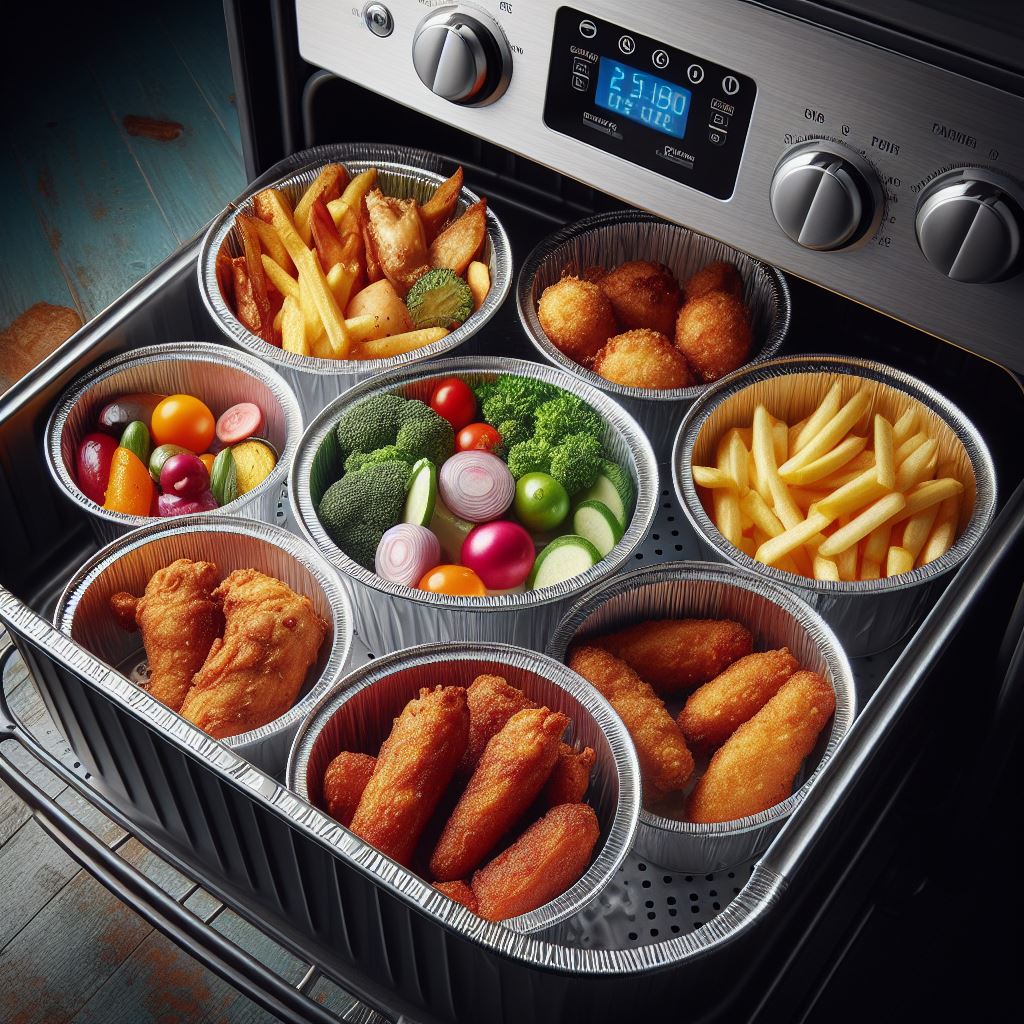
Aluminum Cookware Suitability for Air Frying
Aluminum’s Properties and Versatility
Aluminum is a widely used material in cookware due to its lightweight nature, excellent heat conductivity, and affordability. However, its suitability for air frying requires closer examination.
Understanding Air Frying and Heat Dynamics
Air fryers work by circulating hot air around food to create a crispy exterior while cooking the interior evenly. Aluminum’s heat conductivity plays a crucial role in how effectively it performs in this cooking method.
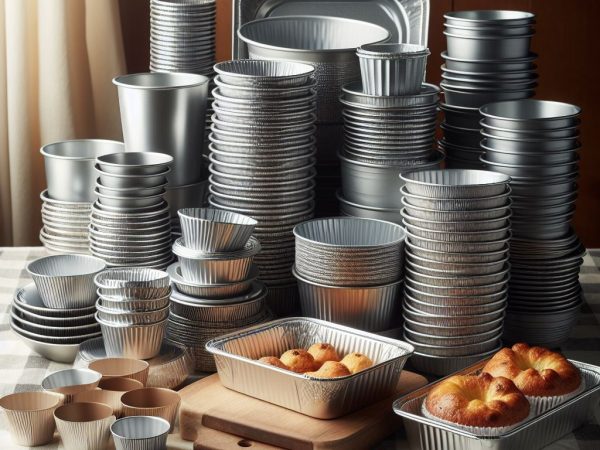
Compatibility of Aluminum Baking Dishes with Air Fryer
Types of Aluminum Pans and Their Uses
Aluminum baking trays come in various shapes and sizes, from disposable pans to sturdy baking dishes. Understanding their compatibility with air fryers can help determine their suitability for use.
Factors Influencing Compatibility
Several factors influence the compatibility of aluminum baking dishes with air fryers, including size, thickness, and the manufacturer’s recommendations. It’s essential to consider these factors when selecting cookware for air frying.
Risks Associated with Using Aluminum Pans in Air Fryers
Potential Risks of Aluminum Leaching
One common concern with using aluminum pans in air fryers is the possibility of aluminum leaching into food, especially when exposed to high temperatures. While aluminum is generally considered safe for cooking, excessive consumption may pose health risks, such as neurotoxicity or bone diseases.
Impact on Food Quality and Safety
Additionally, some individuals worry that cooking with aluminum pans in air fryers may alter the taste or texture of food. This concern stems from the potential for aluminum to react with acidic or salty foods, affecting their flavor profile. Moreover, there’s a fear of compromising food safety if aluminum pans degrade or release harmful substances during cooking.
To address these concerns, it’s essential to take precautions when using aluminum pans in air fryers. Opting for high-quality, food-grade aluminum pans and avoiding prolonged exposure to acidic or salty foods can help minimize the risk of aluminum leaching. Furthermore, monitoring cooking times and temperatures, as well as following manufacturer guidelines, can help ensure both the safety and quality of air-fried foods.
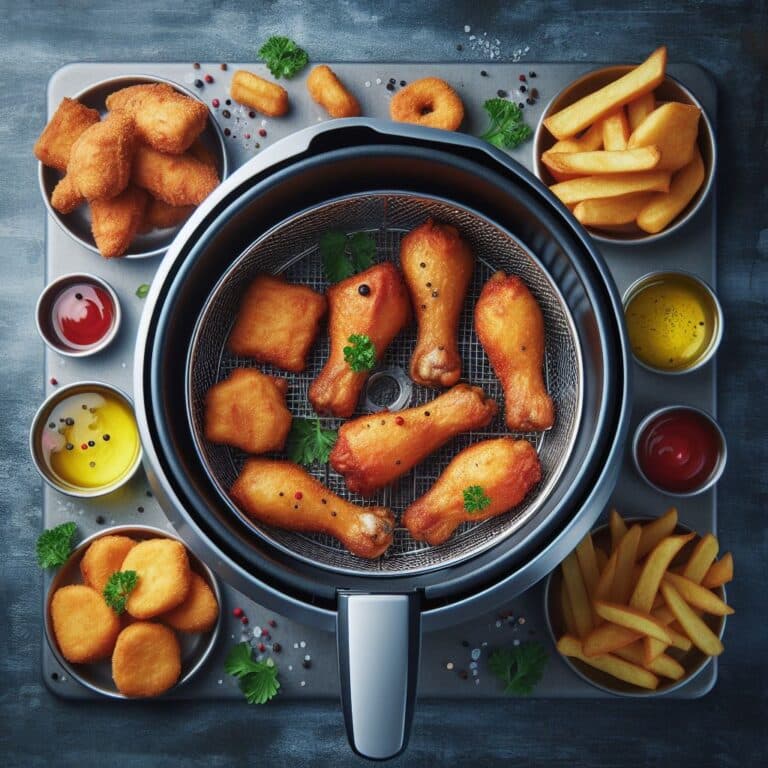
Examples of Suitable Aluminum Pans
When selecting aluminum pans for air frying, it’s crucial to choose options that are specifically designed for high-temperature cooking and are less likely to leach harmful substances into food. Here are some examples of aluminum pans that are considered safe for air frying, along with size and thickness recommendations:
Heavy-Duty Aluminum Baking Sheet:
- Size: 13 x 18 inches (standard half-sheet size)
- Thickness: 18-gauge or higher
- Example: Nordic Ware Natural Aluminum Commercial Baker’s Half Sheet
Aluminum Grill Pan:
- Size: 9 x 13 inches or larger
- Thickness: 2.5 mm or higher
- Example: USA Pan 13 x 9-inch Nonstick Grill Pan
Aluminum Pizza Pan:
- Size: 12 inches or larger (for air frying pizzas)
- Thickness: 1.5 mm or higher
- Example: Calphalon Nonstick Bakeware, Pizza Pan, 16-inch
Aluminum Roasting Pan:
- Size: Varies depending on the capacity of the air fryer basket
- Thickness: Heavy-duty construction
- Example: Wilton Recipe Right Non-Stick Roasting Pan, 17 x 13-inch
Aluminum Air Fryer Basket Insert:
- Size: Compatible with specific air fryer models
- Thickness: Designed to withstand air fryer temperatures
- Example: GoWISE USA GW22731 1700-Watt 5.8-QT 8-in-1 Digital Air Fryer
These examples of aluminum pans are manufactured using food-grade materials and are suitable for air frying due to their durability and heat resistance. Additionally, their size and thickness recommendations ensure optimal performance and safety when cooking with air fryers.
Performance of Aluminum Containers in Air Frying Appliances
Heat Conductivity and Cooking Efficiency
Aluminum’s excellent heat conductivity makes it ideal for promoting even cooking and crispy textures in air fryers. Understanding how aluminum containers perform in air frying appliances can help achieve desired results.
Factors Affecting Performance
Several factors, such as the thickness of aluminum pans, food placement, and cooking time, can influence their performance in air fryers. It’s essential to consider these factors when using aluminum containers for air frying.
Air Fryer Aluminum Pan Safety
Guidelines for Safe Usage
To ensure safe usage of aluminum pans in air fryers, it’s crucial to follow manufacturer recommendations and guidelines. These may include avoiding certain types of aluminum pans or using protective measures to prevent potential hazards.
Alternatives to Aluminum Cookware in Air Fryers
Exploring Alternative Materials
For individuals concerned about the safety risks associated with aluminum cookware, there are alternative materials available for use in air fryers. Stainless steel, ceramic, and silicone are popular alternatives known for their durability and safety.
Pros and Cons of Alternative Materials
Each alternative material has its advantages and disadvantages, ranging from heat conductivity to ease of cleaning. Understanding these differences can help make informed decisions when selecting cookware for air frying.
Heat Conductivity of Aluminum Trays in Air Frying
Optimizing Heat Distribution
Aluminum’s superior heat conductivity ensures efficient heat distribution, resulting in evenly cooked and crispy foods in air fryers. However, proper food placement and preheating techniques are essential for maximizing heat conductivity.
Precautions for Using Aluminum Foil in Air Fryer Cooking
Minimizing Risks
When using aluminum foil in air fryers, it’s crucial to take precautions to minimize potential risks. Avoiding direct contact with heating elements, using high-quality foil, and following recommended cooking times and temperatures can help ensure safe cooking practices.
Cleaning Considerations
When using aluminum pans in air fryers, cleaning the air fryer basket may require additional attention compared to other options. Aluminum pans, while lightweight and conducive to even cooking, can leave behind residues or grease that may adhere to the surface of the air fryer basket.
To address this, it’s important to regularly clean both the aluminum pans and the air fryer basket after each use. Here are some cleaning considerations
Hand Washing vs. Dishwasher
While some aluminum pans may be dishwasher-safe, it’s recommended to hand wash them with mild dish soap and warm water to prevent any potential damage to the nonstick coating or surface.
Soaking
Soaking the aluminum pans in warm, soapy water for a few minutes before washing can help loosen any stubborn residues or baked-on grease, making them easier to clean.
Scrubbing
Use a soft sponge or brush to gently scrub the surface of the aluminum pans, avoiding abrasive materials that could scratch or damage the finish.
Drying
After washing, thoroughly dry the aluminum pans with a clean towel to prevent water spots or corrosion. Additionally, ensure the air fryer basket is completely dry before reassembling it for future use.
Regular Maintenance
Incorporate regular maintenance routines to keep both the aluminum pans and the air fryer basket in optimal condition. This may include periodic deep cleaning or seasoning of the pans to prolong their lifespan and maintain their performance.
By following these cleaning considerations, users can effectively maintain their aluminum pans and air fryer baskets, ensuring hygienic cooking conditions and prolonging the longevity of their kitchen appliances.
Conclusion
In conclusion, aluminum pans can be safely used in air fryers with proper precautions and considerations. Understanding the risks, safety concerns, and performance characteristics of aluminum cookware is crucial for achieving optimal results in air frying. By following guidelines, exploring alternative materials, and taking necessary precautions, individuals can enjoy delicious and crispy foods cooked in their air fryers with confidence.
FAQs Frequently Asked Questions
What kind of pans can you use in an air fryer?
You can use heat-resistant pans like stainless steel, ceramic, or aluminum in an air fryer. It’s essential to ensure the pans fit well and don’t obstruct airflow, allowing for even cooking.
What can you not put in an air fryer?
Avoid putting foods covered in wet batter or liquids in an air fryer as they may not cook properly. Delicate items like cheese may melt too quickly and create a mess.
What pan is safe for eggs in an air fryer?
A non-stick or silicone pan is safe for cooking eggs in an air fryer. Silicone molds work particularly well for making perfectly shaped eggs without sticking.
Do air fryers require special pans?
While air fryers don’t necessarily require special pans, it’s advisable to use pans compatible with high temperatures and suitable for air circulation to ensure even cooking results.
Can you use Pyrex in an air fryer?
Yes, Pyrex dishes are generally safe for use in air fryers as long as they are labeled as oven-safe and can withstand the temperatures produced by the air fryer.
Why don’t chefs use air fryers?
Chefs often prefer traditional cooking methods for their precise control over temperature and flavor development. Air fryers may not achieve the same results or offer the versatility that chefs require in professional kitchens.

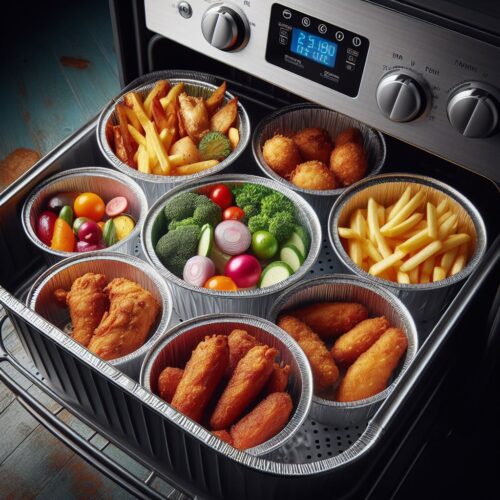
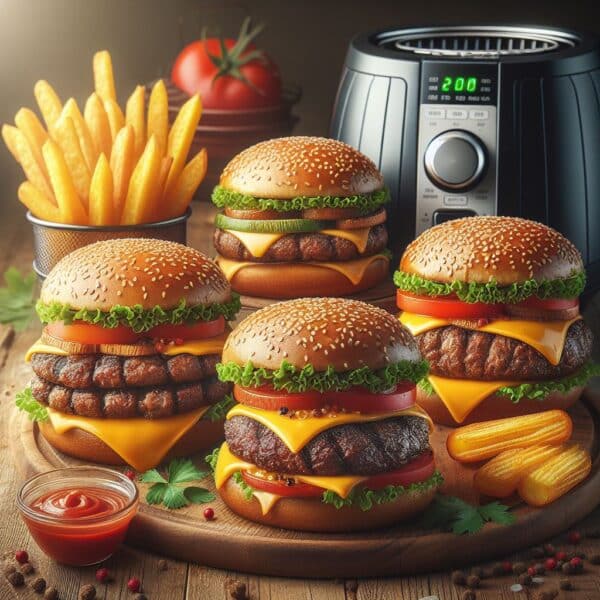
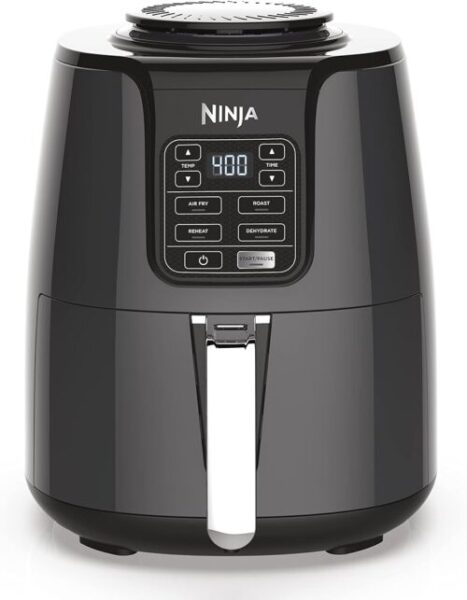
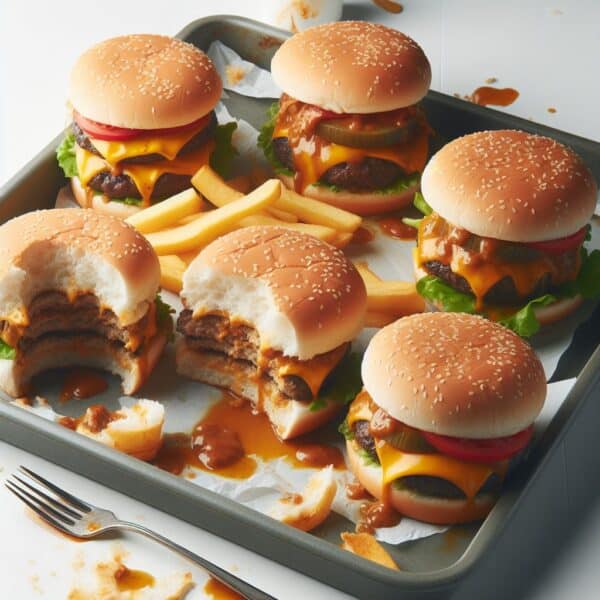

Pingback: How to Preheat Gourmia Air fryer: Preheating, Recipes & Troubleshooting Guide